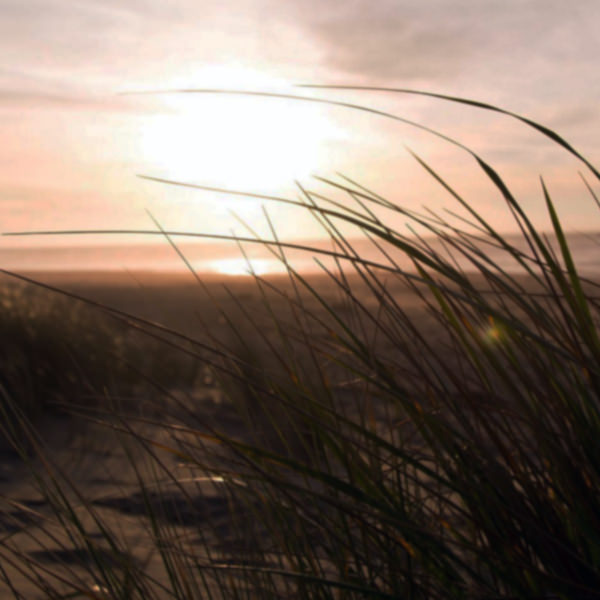What is “warbler neck?” The answer to this question and many others will be revealed when the Monmouth County Audubon Society sponsors its annual field trip to Allaire State Park, 4265 Atlantic Ave., Wall Township, on May 5.
“At this time of year, bird plumage is at its brightest and songs are loudest,” said Dena Temple, trip leader. “To hear birdsong echoing through the woods is a delight. Anyone interested in learning how to identify spring migrants by song is in for a real treat. We are never disappointed at Allaire. And yes, you will definitely find out what ‘warbler neck’ is.”
While most of a bird’s year is spent trying to be invisible to predators, things change in the spring, according to a press release. The priority for birds in the spring is breeding, and birds have a variety of ways to attract a mate.
For one, most birds molt into their beautiful, colorful breeding plumage, to make them more attractive to the opposite sex. In addition, birds sing, loudly and often, in an effort to establish a territory and attract a mate. Once summer is underway, a bird’s priorities shift to nesting and raising their young. Their feathers revert to the duller “basic plumage” and they sing much less, according to the press release.
The migration season brings a great variety of birds through central New Jersey and Allaire State Park is what birders refer to as a “migrant trap,” an oasis of woodland habitat surrounded by suburbs. This acts as a magnet for birds passing through, which are drawn to the plentiful food (mostly insects) and native plant cover. The diversity of the habitat and the rich feeding grounds are especially attractive to wood-warblers, according to the press release.
“We may see and hear 15 species of warblers, several species of flycatchers, Scarlet Tanagers, and maybe Rose-breasted Grosbeak,” said Michael Casper, co-leader and past president of the organization.
Anyone interested in participating in the May 5 event can meet at 8:15 a.m. in the main parking lot by the historic village. The walk through the park will end before noon.
The trip is open to members and non-members of the Monmouth County Audubon Society and participation is free. Advance registration is not required. Participants should bring binoculars and field guides and should dress appropriately for the weather, including clothing suitable for rain if the forecast is questionable. The walk will take place light rain or shine. If the weather is doubtful participants can check the organization’s website, www.monmouthaudubon.org, for any last-minute changes. Pets are not permitted.
In other news, writer and environmental consultant Rick Radis will present “Return of the Raven” at the May meeting of the Monmouth County Audubon Society, May 9 at 8 p.m. Members of the public are welcome; admission is free. The meeting will take place at the Knights of Columbus hall, 200 Fair Haven Road, Fair Haven.
The Common Raven, Corvus corax, has the widest distribution of any of the Corvidae, the family that includes crows, jays, nutcrackers, magpies and related birds such as rooks, jackdaws, and choughs. It is also the largest and heaviest of the passerines, or perching birds, and the smartest, according to a press release.
The presentation will cover the historic status of the Common Raven in eastern North America from the late 1880s, its remarkable return in the 1990s, and its present status as a nesting species in many (often surprising) areas of New Jersey and the eastern states.
Since the early 1980s the population and perhaps the behavioral dynamics of the eastern Common Raven has begun to change. Radis will explore the possible reasons as to why the Common Ravens have lost their shyness around humans and discuss how ravens interact with the other two species of corvids in the Northeast, according to the press release.
Radis is an editor, writer and environmental consultant who has worked on land and water preservation and as an endangered species specialist since the late 1970s. For additional information, email [email protected]

